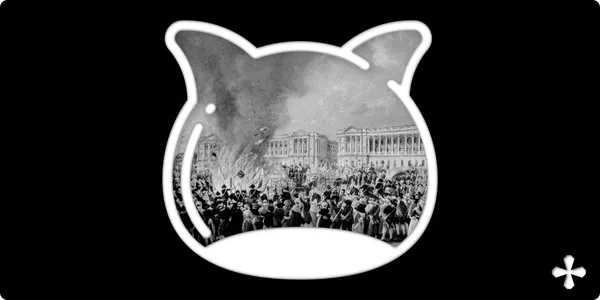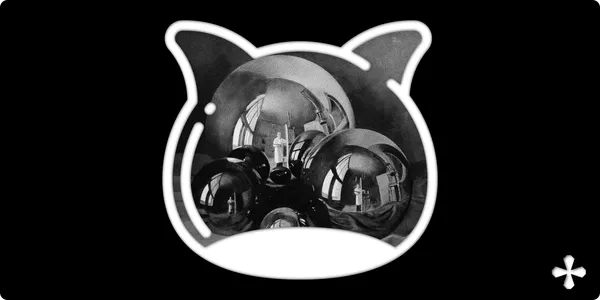
📝 The revolution will not be optimized
a letter from the editor
by Chaz Osburn

A fun place for people who love the web.

Unless you’re a fellow ink-stained wretch—this is an age-old term for a writer—you may be unaware of the controversy sweeping certain corners of the Internet—by corners, I mean content, as the internet is not something to be physically grasped—involving the punctuation known as the em dash.
What the heck is an em dash—come on, I know some of you are wondering—and what’s the controversy? Glad you asked.
Writers have used em dashes—simple, straight-line devices exactly like the ones included in this sentence—for years. They are a great way to set apart information and allow writers to avoid all those other complicated and sometimes confusing punctuation marks—colons, semi-colons, slashes, etc. Punctuation marks that many people often don’t use properly—including writers themselves!
But now there are those—some may be your friends, some may be neighbors, some may be work colleagues—who believe that when you see a story in, say, a magazine or a newspaper that contains em dashes, it’s a sure sign the author did not write the story themselves but rather used an AI program such as ChatGPT.
Not familiar with ChatGPT? That’s okay, my parents wouldn’t know what ChatGPT is either. So, to ensure you get the best explanation possible, I asked ChatGPT to provide a polished definition of itself. Here’s the result:
“ChatGPT is an AI‑driven chatbot developed by OpenAI—based on the Generative Pre‑trained Transformer (GPT) architecture—that processes natural language prompts and generates human‑like responses across diverse formats, from casual conversation to code, essays, translations, or creative writing.”
I’m not exactly certain what all of this means—I suppose if you work at MIT on some AI project and you read this, you’re rolling your eyes—but it sure seems authoritative.
At this point I should add that I asked ChatGPT to provide its definition using two em dashes. Clever, huh? I hope you’re curious about the result—I was curious, which is why I asked in the first place—so please digest the following:
“This incorporates two em dashes—one after ‘OpenAI’ and another after ‘architecture’—and succinctly covers what ChatGPT is and what it does, with definitions drawn from trusted sources.”
Trusted sources? Hell, if you can’t trust the Internet—by the way, I am one who believes it was not invented by former Vice President Al Gore, but rather an assortment of smart people—what can you trust? But back to the em dash.
As a frequent user of the em dash, I was shocked when I recently became aware of how controversial—perhaps debatable is a more precise word—this little punctuation mark had become. As mentioned before, it has certain sections of the Internet abuzz. To be clear, not the Internet itself, but with certain users who like to spend their time there.
To think that the use of an em dash signals AI could be behind the authorship of an article seems quite ridiculous. But again—and I did this because I was curious—I asked ChatGPT if my observation is accurate. Here’s how it responded:
“The use of an em dash is consistent with AI-generated writing, but it is not a reliable indicator of AI authorship on its own.”
If you have a dash of common sense—yes, that’s supposed to be funny—you’ll agree.

![[ Juneteenth ]](/content/images/size/w600/format/webp/2025/06/syndicate-1.png)
